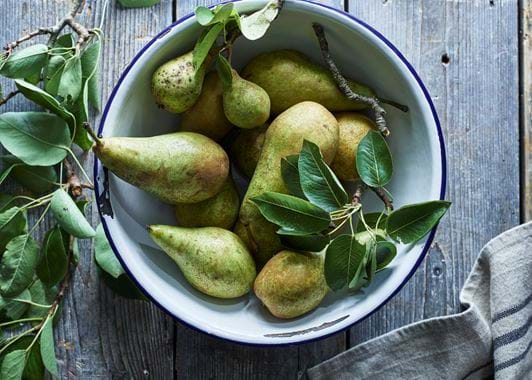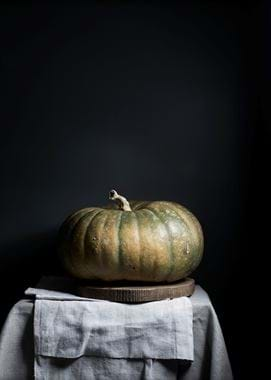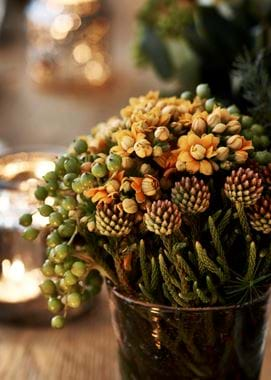In praise of harvest festival
In praise of harvest festival
Unlike Christmas and Halloween, harvest festival isn’t quite the popular phenomenon it once was. We think that’s a pity, as it connected us to the land and what it could provide for us in a truly meaningful way. With the time of the festival upon us – it’s traditionally held on or near the Harvest Moon, this year on 6th September, but anytime around the Autumn Equinox is common – we thought we’d delve into its history and find out how we might best celebrate it today.
Most of us have memories from childhood of marking harvest festival at school, turning fruit and vegetables into colourful, artistic displays for the assembly hall. Often, they were donated to good causes. But how many of us, then or now, fully understood the origins of the custom? In fact, it goes all the way back to medieval times, when Lammas (or ‘loaf mass’) marked the beginning of the harvest. Farmers made loaves from their new wheat and offered them to their local church, to be used as Communion bread in a special service thanking God for protecting the crops. At this time, Lammas was celebrated on 1st August, although after the Reformation and the establishment of Henry VIII’s new Church of England, celebrations moved to the end of the harvest.
Some pagan rituals endured, though, such as the making of corn dollies. In olden times, it was believed that a spirit lived in the cornfields and died once the crop was cut. The last sheaf of corn was plaited into a figure or ornament, in which the spirit was supposedly reborn. The corn dolly was placed in a position of honour at the harvest festival table, in the hope of ensuring a good harvest for the following year. The craft of making corn dollies still thrives – a quick online search will reveal as much – and the enormous variety of shapes and sizes make delightful decorations for the home.
Harvest festival rituals as we know them now date from Victorian times. In 1843, a Cornish clergyman, the Reverend Robert Hawker, brought the pagan festival within the confines of the church by conducting a special service of thanksgiving for the harvest at his parish church in Morwenstow. Victorian hymns composed around the same time – including ‘All things bright and beautiful’ and ‘We plough the fields and scatter’ – helped to popularise his idea of decorating churches with home-grown produce. As the Victorians cherished the idea of charity, giving this food to the needy after the service was a gesture that came naturally.
Why, then, do we not fully appreciate harvest festival today? There’s no doubt that globalisation, and the prospect it offers of enjoying all kinds of produce out of season, has eroded our sense of gratitude for a safe harvest. Our appreciation for the wealth of different foods now available to us manifests itself in a new phenomenon: the food festival. September and October, traditionally the time of the harvest festival, serve up a generous helping of these, including the Aldeburgh Food & Drink Festival, which takes place on the banks of the River Alde in Suffolk; The Great Bath Feast, with events all across the Georgian city; and, further north, the Llangollen Food Festival. The ideals of harvest festival are still alive – you just have to look for them in different places.









